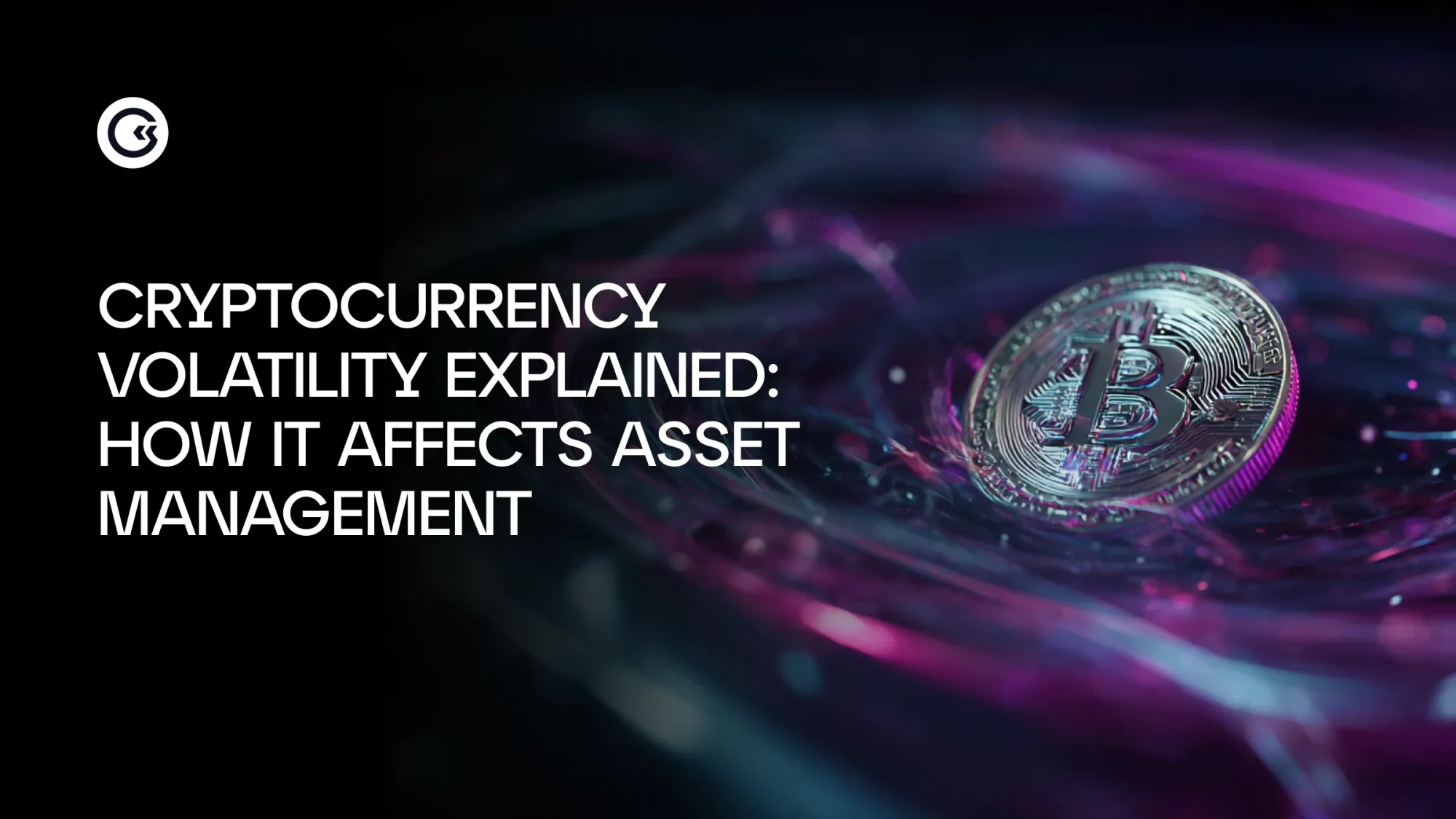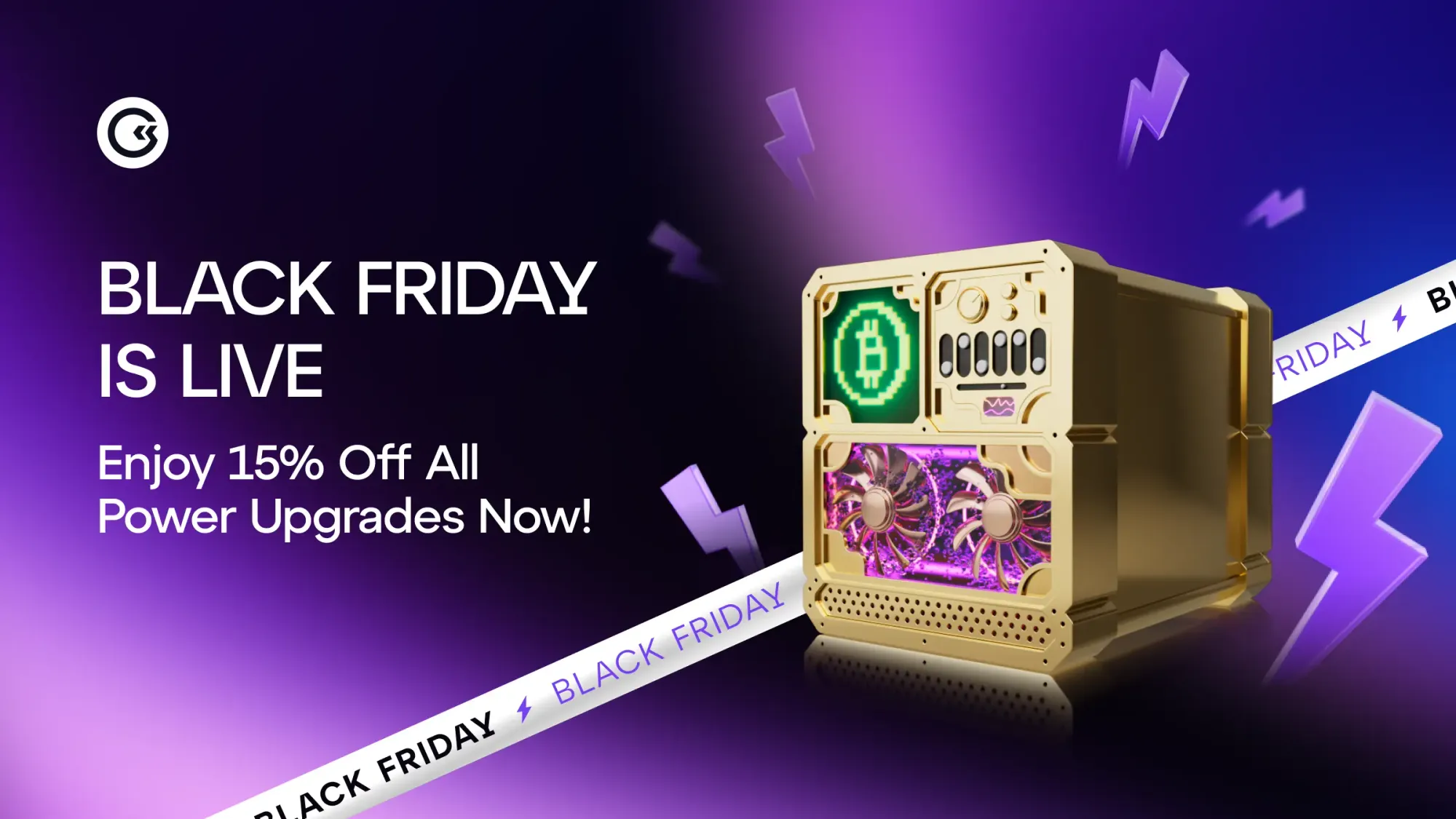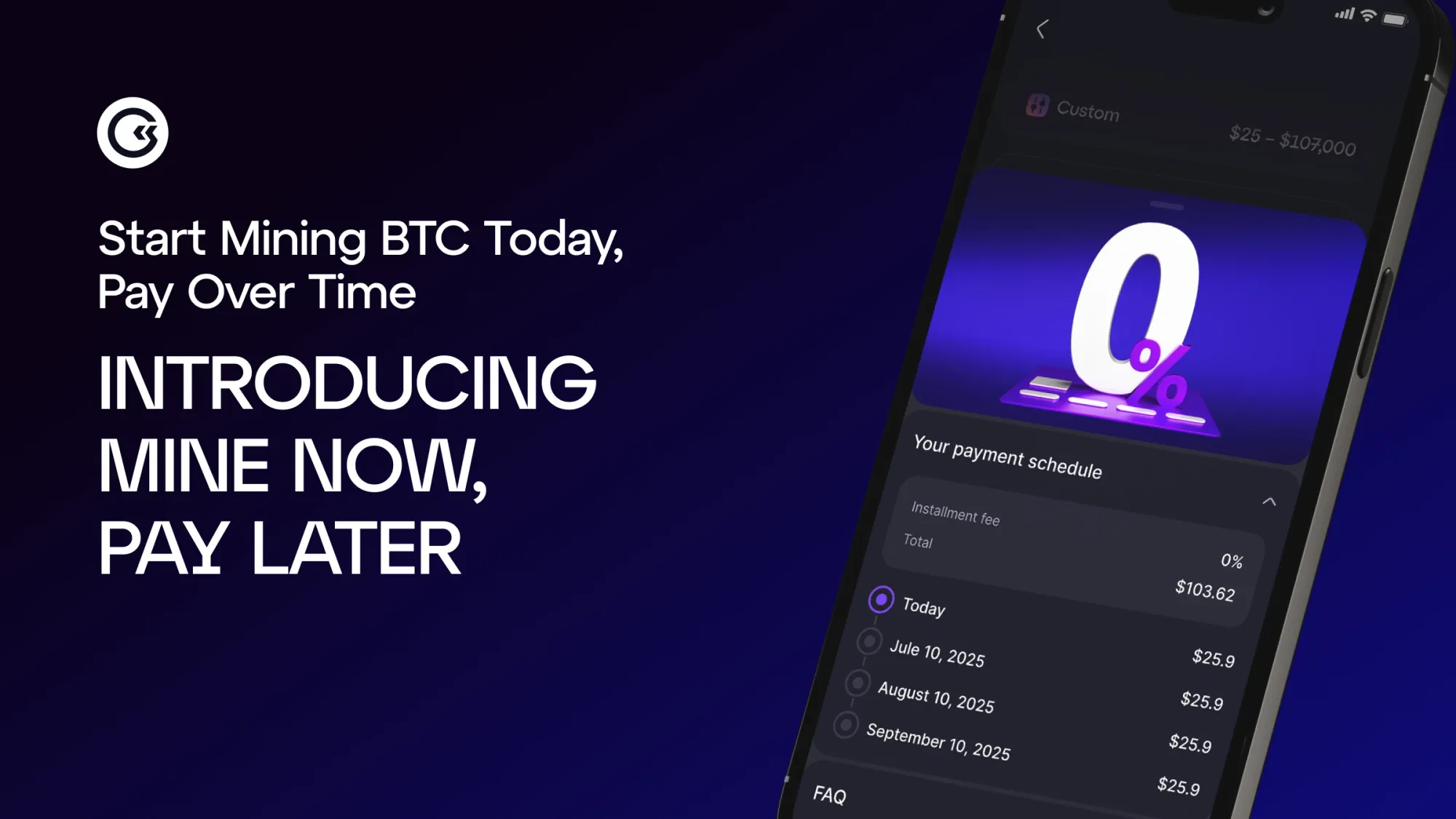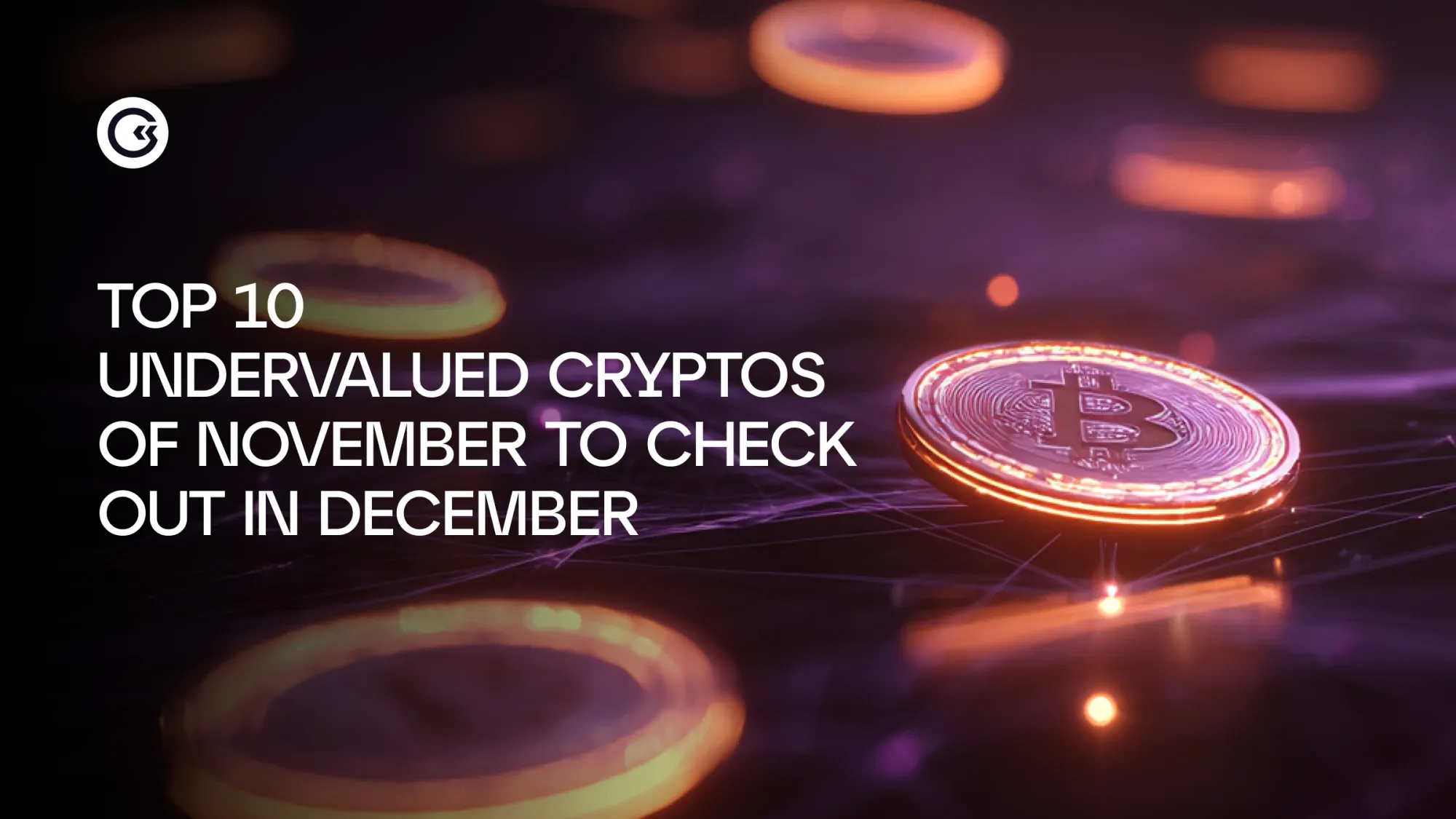Crypto’s wild swings can be both a risk and an opportunity — here’s how to understand, measure, and manage crypto volatility.
Highlights
- Crypto is inherently more volatile than stocks or forex.
- 24/7 trading and thin liquidity make swings sharper.
- Sentiment and psychology drive outsized reactions.
- Volatility can be managed with strategy — not eliminated.
- Coming up: a quick look at why crypto is more volatile than stocks or forex — 24/7 trading, thin liquidity, and market psychology make for sharper swings. Plus, how smart strategy can help manage the chaos.
What is Bitcoin, really?
At its core, money is just something we all agree has value. For centuries, that’s meant coins, banknotes, and now numbers on a screen.
Bitcoin is the next step.It’s not “pretend internet money.” It’s more like digital gold: limited in supply, valuable, and designed to work anywhere in the world. No central bank can create more. No government can stop you from using it. And sending it across borders takes minutes, not days.
That’s why people call it revolutionary. Bitcoin isn’t only a new form of currency — it’s a way of rethinking how money and technology can work together.
Why does Bitcoin matter?
Bitcoin introduced blockchain — an open record book that everyone can see, but no one can secretly change. In other words, it’s designed to be transparent and secure. That breakthrough has opened the door to a wave of new ideas:
- Raising money: startups can get backing directly from their communities, without banks.
- Moving money: payments can fly across borders in minutes, without the usual fees.
- Building apps: developers can create platforms where people trade directly, without middlemen.
☕ Beyond “buying a coffee”
People often ask: “But can I buy a coffee with Bitcoin?” Sure… but that’s kind of missing the point.
Think about when the internet was created. It didn’t just make sending messages cheaper and quicker. It completely changed how we share information. Bitcoin is doing the same for money and trust.
It’s not just about paying for things — it’s about redesigning how finance works.
Understanding Volatility in Crypto
The volatility of cryptocurrency is the first thing most people notice when they start out. Prices don’t just move — they leap. In traditional markets, swings usually come in bursts (earnings, policy changes, oil shocks) and then settle down.
In crypto, volatility never sleeps (and if you really want to see how volatile crypto can be, just look at $h!tcoins). Daily moves of 5–10% are normal, and double-digit rallies or crashes can happen in hours. For traders, that volatility is packed with opportunity. For newcomers, it can feel overwhelming.
Why Is Crypto So Volatile Compared to Traditional Markets
Stocks and forex have stabilisers: deep liquidity, heavy regulation, and institutional anchors that keep markets steady.
Crypto is younger, thinner, and runs 24/7. With fewer safety nets, even a late-night tweet or regulatory headline can ripple worldwide in minutes. What feels like background noise in stocks can become a tidal wave in crypto. So, cryptocurrency volatility really just comes with the territory.
Why Crypto Swings So Wildly
Crypto doesn’t play by Wall Street’s rules — it’s way more chaotic. Here’s why:
- 24/7 trading: No open, no close. A headline at 2am can send prices flying worldwide.
- Immature markets: Still early, still fragile. Fewer safeguards = bigger shocks.
- Fear & hype: Tweets, rumours, and memes can move billions overnight.
- Supply & demand: Capped coins pump fast… and dump just as quick.
- News shocks: Regulation or inflation headlines hit harder without stabilisers.
- Tech hiccups: Hacks, forks, or outages ripple through the whole market.
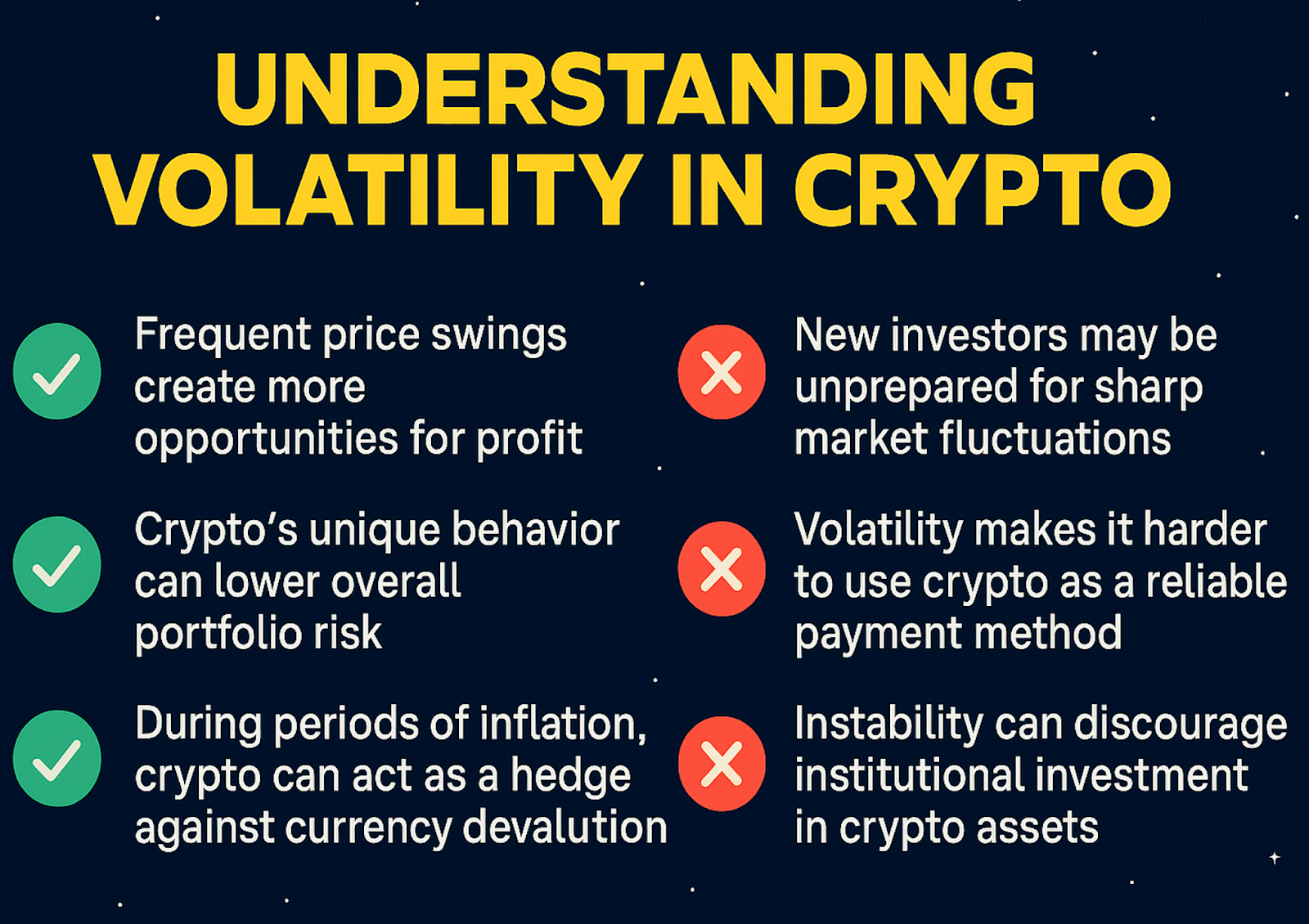
Turning Volatility into Opportunity
Volatility might look scary — charts spiking like a heart monitor, prices up one day and down the next. But it isn’t just chaos. If you know how to handle it, volatility can be your friend.
“Crypto isn’t risky because it’s volatile — it’s risky if you don’t understand how to manage that volatility.” — Anthony Pompliano, Investor & Podcaster
Volatility isn’t the villain — it’s the pulse of the market. Learn to read it, and you stop reacting — you start anticipating. Here’s how the pros keep score.
Measuring the Madness
Volatility isn’t a “gut feeling” — you can measure it. Traders look at:
- Historical volatility: how wild price swings have been in the past.
- Implied volatility: what options markets suggest might happen next.
- Volatility indexes: one number showing calm seas vs stormy waters.
- On-chain data: unique to crypto, showing how coins move between wallets and exchanges.
Think of these like dashboard dials: they won’t stop the bumps, but they tell you when to strap in.
Making It Work for You
- Active traders use the swings as fuel — buying dips, selling spikes. The key is discipline and protecting capital.
- Long-term holders see volatility as background noise, zooming out to focus on adoption and long-term growth.
- Cautious investors manage risk with tools like diversification, dollar-cost averaging, stablecoins, derivatives, and rebalancing.
The Steadier Route
You don’t need to chase every pump or panic over every dip to grow your Bitcoin. With GoMining, volatility turns into consistency.
Forget the old way of mining — noisy rigs, sky-high electricity bills, endless setup headaches. GoMining makes it simple: pick your hashrate, and our industrial-scale miners do the work for you.
The result? Daily Bitcoin rewards, straight to your account. No wasted money on equipment, no market timing stress. Just a reliable stream of Bitcoin building up in the background — so no matter what’s going on with Bitcoin volatility, with GoMining, you’re building for the long-term and not just a quick flirt with the future of finance.
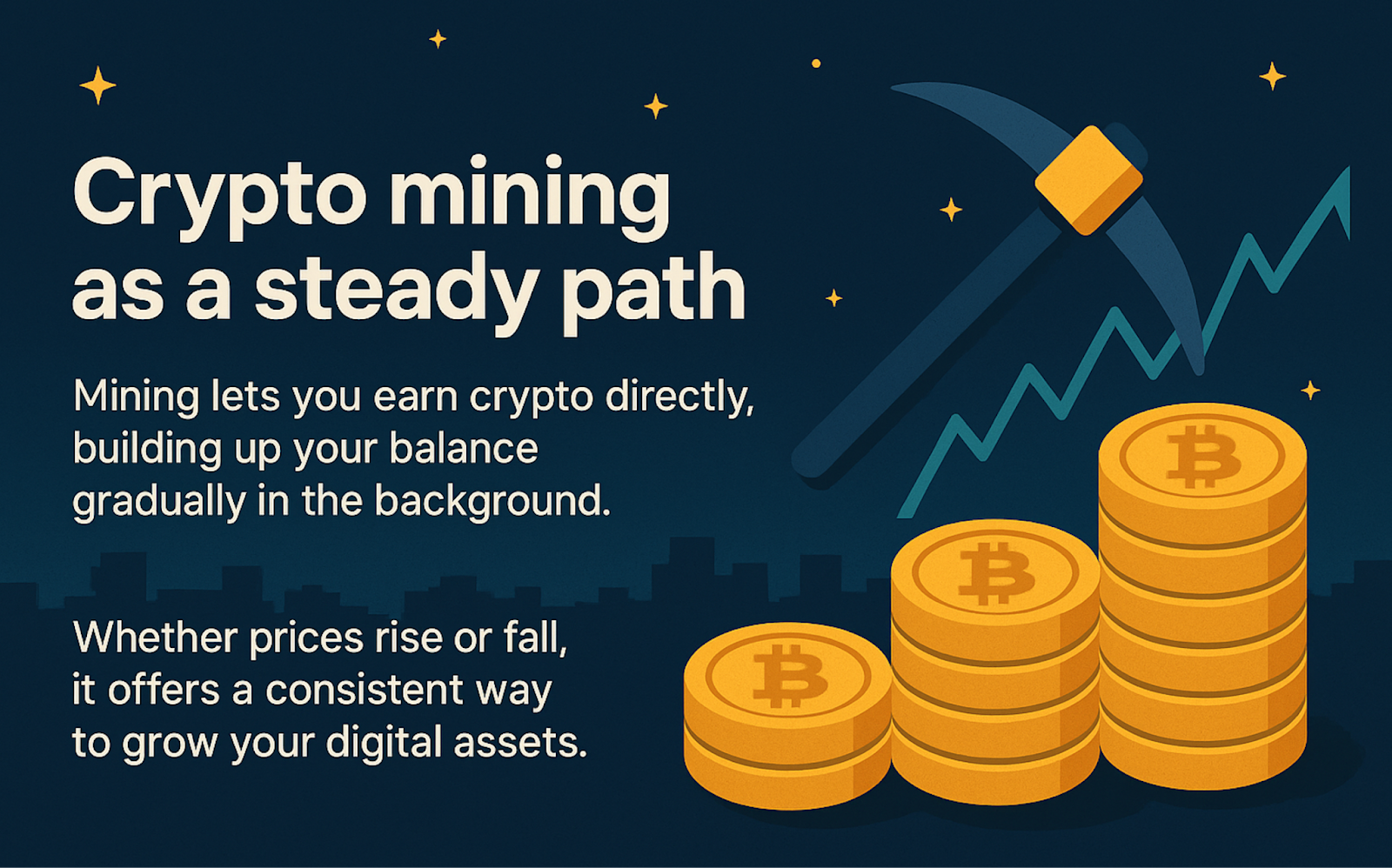
✨ The Big Picture
The key lesson? Volatility isn’t the villain. It’s simply the nature of crypto. If you treat it with respect — measure it, plan for it, and use the right strategies — you can turn it from something that keeps you up at night into something that builds your wealth over time.
FAQ
Why is cryptocurrency so volatile?
Because it’s still an immature asset class with thin liquidity, high speculation, and 24/7 global trading. Sentiment and external events can trigger outsized reactions.
Which crypto assets are the most volatile?
Smaller altcoins with low market cap and thin trading volume tend to be the most volatile, while Bitcoin and Ethereum are relatively more stable but still prone to large swings.
How does volatility affect Bitcoin as an investment?
Bitcoin volatility creates both opportunities for high returns and risks of sudden losses. For some, it’s a hedge against inflation; for others, it’s an unstable store of value.
Can stablecoins reduce volatility risks?
Yes. Stablecoins pegged to fiat currencies allow investors to park value without leaving the ecosystem, reducing exposure to price swings.
What strategies can help investors manage volatility?
Diversification, dollar-cost averaging, using derivatives for hedging, and disciplined rebalancing are effective ways to handle crypto’s ups and downs.
Will cryptocurrencies become less volatile in the future?
As adoption grows, regulation provides clarity, and institutional participation deepens, volatility is likely to decrease—but it will always remain higher than in traditional finance.
October 16, 2025


